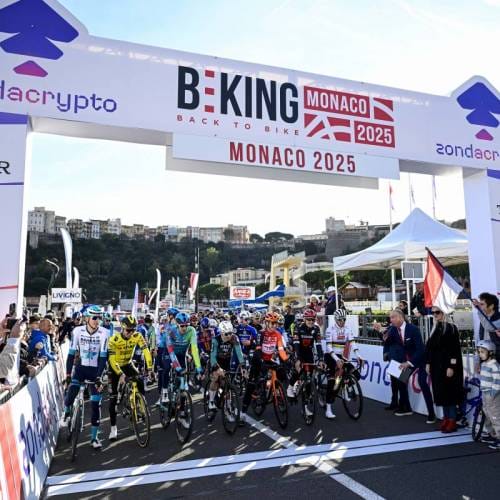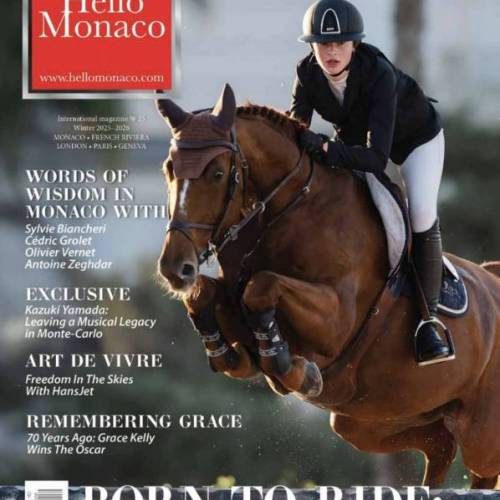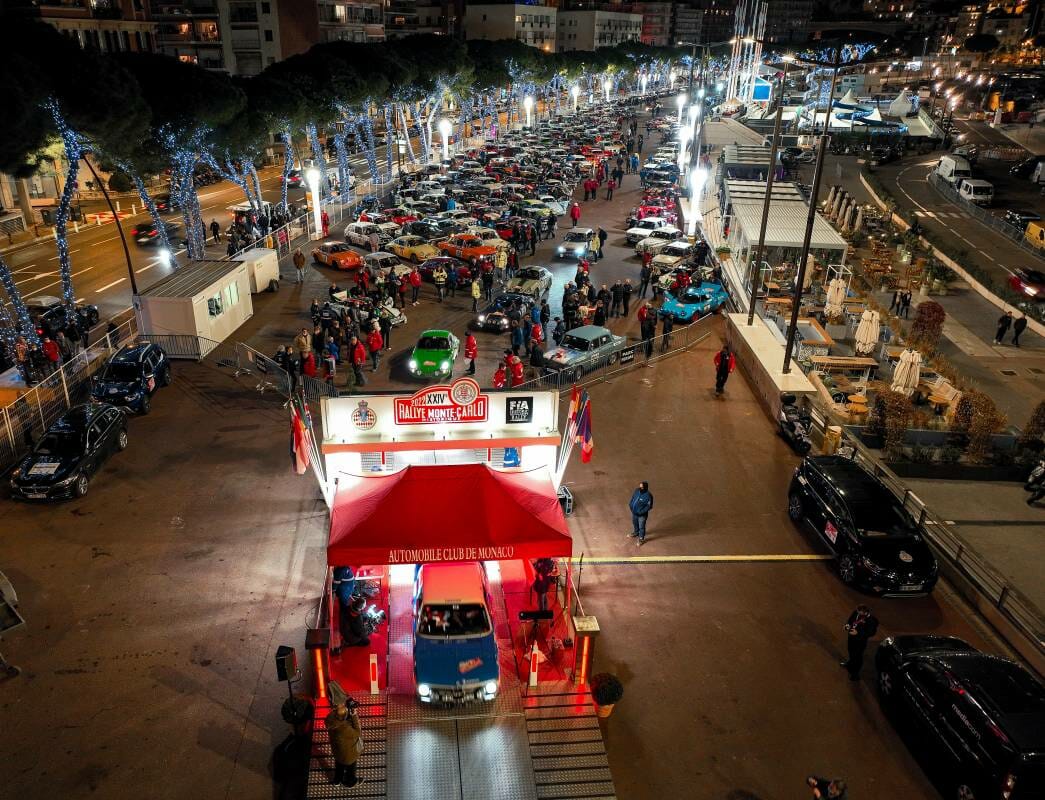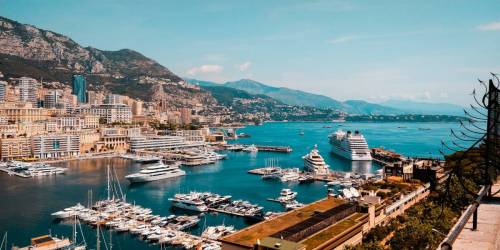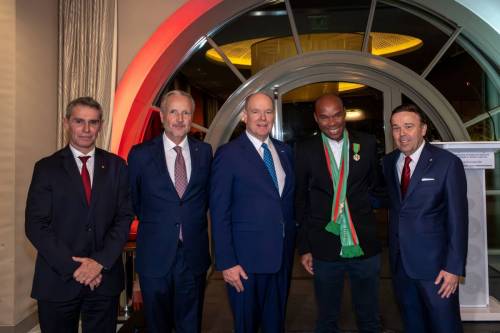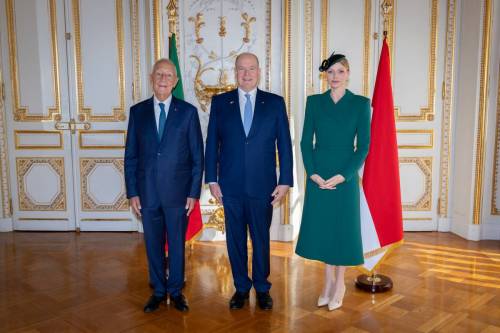The Rallye Monte-Carlo Historique has always been a time machine on wheels, part history played out, part opera in the mountains. For 2026, the Automobile Club de Monaco (ACM) is turning up the volume. The 28th edition embraces the changes competitors have been asking for: regularity stages on closed roads, a broader set of eligible cars, and a refreshed timetable, while keeping the event’s famously welcoming, club-racer spirit intact.
What’s genuinely new
Closed-road regularity stages. No more sharing twisty passes with everyday traffic; the precision game moves to controlled, rally-only tarmac, cleaner lines, safer margins, and purer competition.
There will be two average-speed options with separate rankings, opening the door to both purists and newcomers to run at a pace that suits their car and crew.
CE-approved helmets will be mandatory on closed-road sections, another nod to safety in a field of very not-modern machinery.
Expect a bigger “rolling museum.” Eligible models now stretch all the way to January 1986, adding the late-Group-B era icons to the usual pre-’80s tapestry (previously capped at 1983).
The rally runs from 31st January to 7th February 2026; online registration opens 3 September 2025.
Six departure cities, one shared destiny
The concentration leg fans out across Europe before converging on France’s Drôme. The first crew sets off from the very top of mainland Britain, John O’Groats, Scotland, on Thursday 29 January. On Sunday 1 February, engines bark to life in Bad Homburg, Barcelona, Monte-Carlo, Reims, and Milan From every start, the target is the traditional stage town Valence where the rally settles into its rhythm on Monday 2 February.
Eighteen closed-road tests, stitched from legend
The route reads like a fan’s mixtape: Vercors, Ardèche, Diois, names that have haunted rally dreams for decades. Among the highlights: Feb 3 (Classification, Part 1): Col Gaudissart–Bouvante, Léoncel–Oriol-en-Royans, and Col de Tourniol–Barbières, each looped twice for six sharp regularity tests right out of the gate.
Then on Feb 4 is Classification, Part 2. Two new toys for connoisseurs, Saint-Pierreville–Issamoulenc and Lachamp-Raphaël–Burzet, plus Saint-Andéol-de-Vals–Gourdon and a return to Saint-Pierreville–Issamoulenc.
Following is the Feb 5 Common Leg, Part 1: Les Nonnières–Chichilianne over the Col de Menée; Le Château–La Bâtie-des-Fonts over the Col de Carabès; and Col de Chamauche–Saint-Nazaire-le-
Along the way, the folklore persists: a midday regroup at Vals-les-Bains and a passage control at La Remise in Antraigues-sur-Volane, the Jouanny family’s storied stop that’s been a Monte staple for generations.
The endgame: Turini, lights blazing
On the night of 6–7 February, the rally summons its final act at La Bollène-Vésubie → Col de Turini and La Cabanette → Col de Braus
“Nuit du Turini” is rally poetry written in switchbacks, the pass tops out at 1,607 m, where ice, shadow and altitude conspire to expose any lapse in discipline. It’s the stuff of legends, and the perfect curtain call before dawn brings the cars back to Port Hercule.
How to be part of it
The RMCH was born in 1998, and it remains a faithful echo of the original Monte’s spirit, multiple starts, a roadbook that rewards craft, and crowds who cheer everything from tiny sedans to burly coupés. If your car (or one like it) competed in a Monte-Carlo rally between 1911 and January 1986, you can throw your hat in the ring when registrations open on 3 September 2025. Expect closed-road precision, a choice of averages, and a black-tie gala already baked into the entry.
Bottom line: Closed roads and a wider invitation list don’t modernize the Historique so much as they sharpen its silhouette. It’s still the same winter pilgrimage, just clearer, safer, and a little bit faster to the heart.

